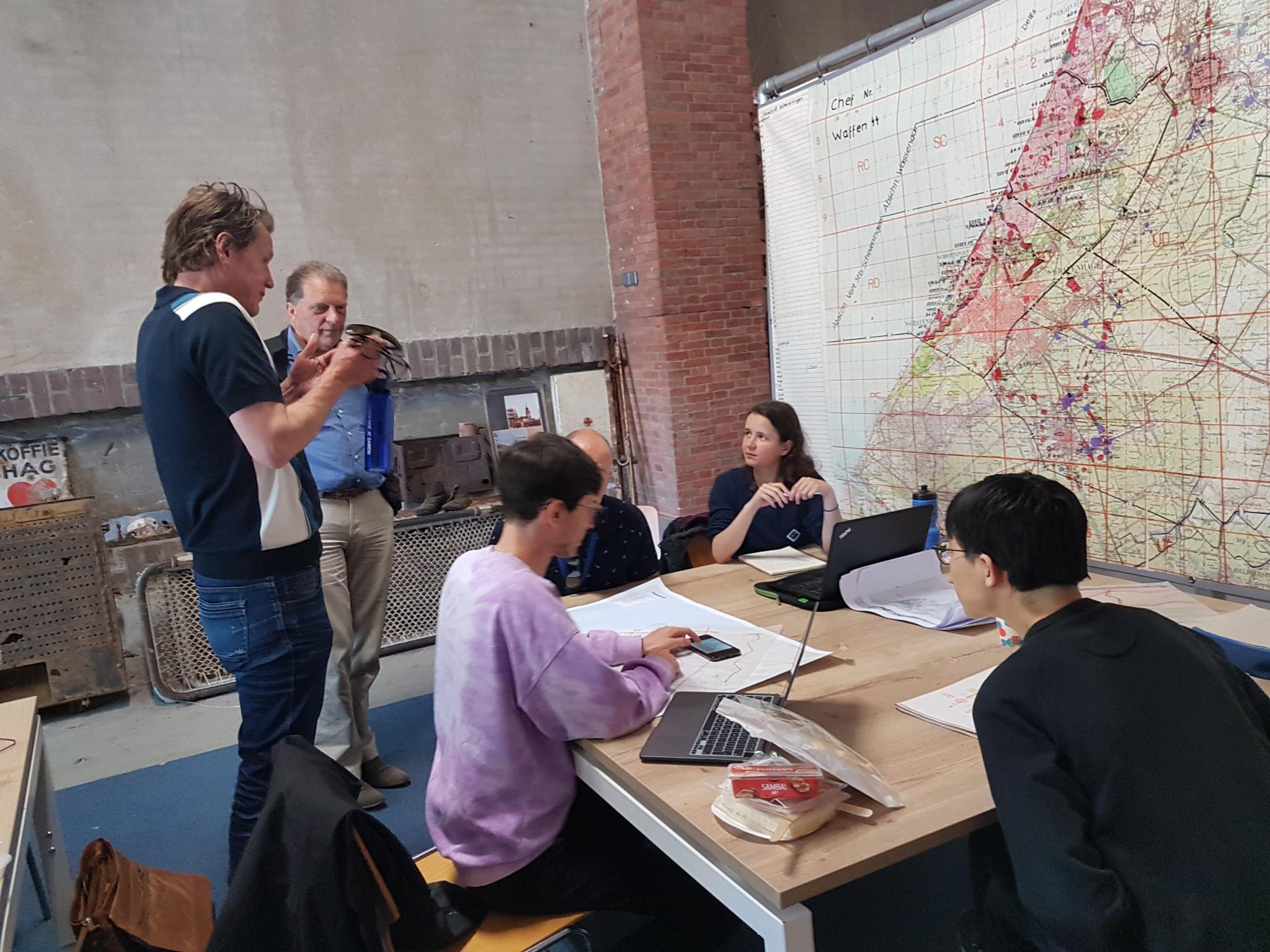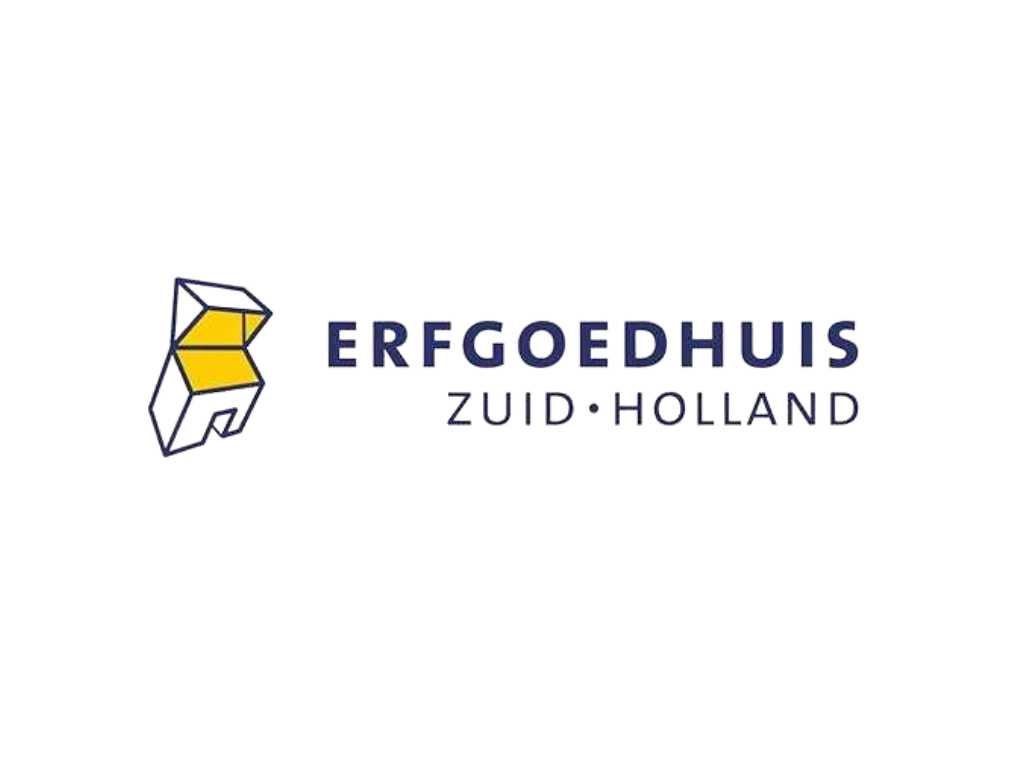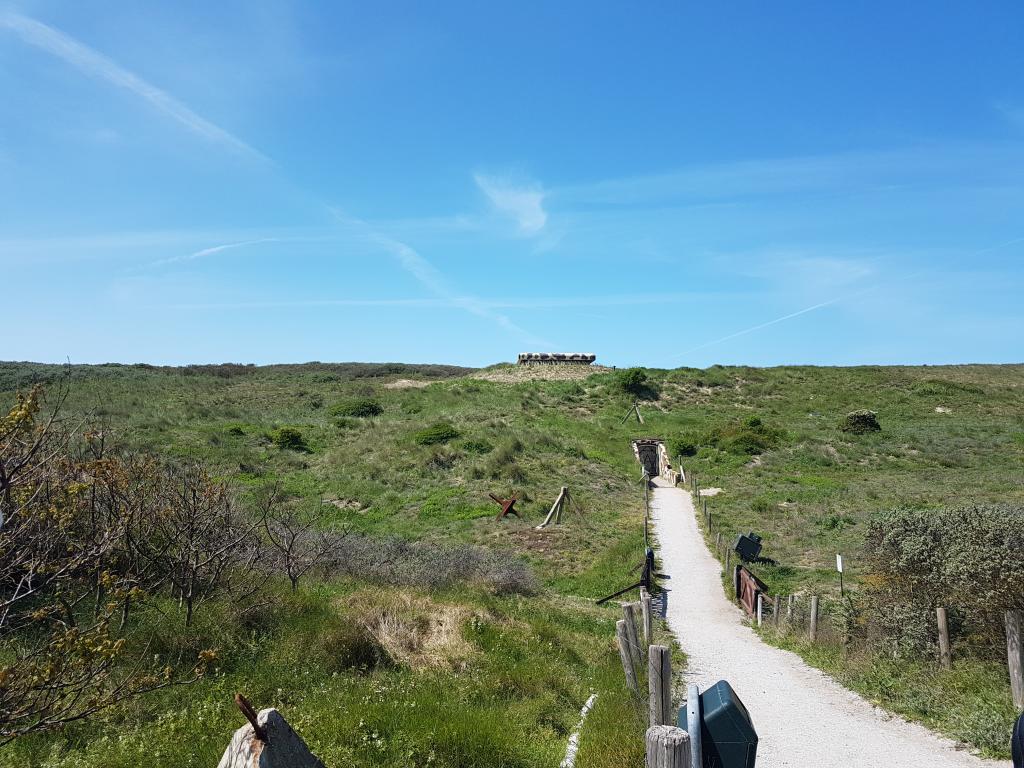The Atlantik Wall was an 5,000-kilometre-long line coastal defense system consisting of fortifications including coastal guns, batteries, mortars, and artillery. It covered the whole Atlantic coast line of Europe, between Norway and Portugal. It was built by Nazi Germany between 1942 and 1944 to halt an anticipated Allied invasion from the United Kingdom. Since its construction many structures eroded, were demolished, or were covered by sand. Still at several locations along the Dutch coast elements of the Wall are viewable, memorizing this difficult period in our history. Also archaeologists regularly encounter WWII-remains and objects.
The Atlantik Wall is considered contested heritage as part of trauma-scape, a landscape showing the trauma, pain and hurt of memories from the past. A slowly changing attitude towards the remains from erasing till preserving; from painful memory to remembrance of what should never happen again. These landscapes can be used to connect people to overcome the trauma by collaboration, storytelling, and performative arts and so on. The Atlantik Wall bunkers, which were also used in the Cold War period, can be ‘used’ in a world which is more and more imbalance.
In this 2025-2026 Thesis Lab we will dive deeper into the various aspects of heritage in past, present and future related to the topic of the Atlantik Wall. Students work on their own thesis but we offer regularly interdisciplinary meetings and excursions to learn from each other and stimulate each other. Besides the individual theses the overall, collective ‘end products’ we want to work towards consist of a number of visual research-based designs (from landscapes to bunkers) with textual explanations that present different solutions in a creative and concise manner, a proposal for a participation process, a proposal for a new design of a bunker (complex) or a community museum with ideas on contested heritage, a proposal for a heritage management plan.
Main Challenge
How can the contested heritage of the Atlantik Wall contribute to a sustainable and inclusive future for contemporary societies while connecting diverse communities and narratives and objects of war across past, present, and future?”
Themes and Theses
To address the main challenge, we need diverse areas of expertise! The main question lies at the intersection of heritage and social challenges and developments of today. We encourage students to explore the different themes and consider how their own MSc/MA study background can contribute to answering the example questions. Students (of all disciplines) are also free to suggest their own combinations of the themes described below, or to suggest their own research topic and questions that are related to the main challenge.
Nature & Environment
- How can the remains of the Atlantik Wall be used to solve social and spatial challenges such as climate change, sustainability, and inclusivity?
- How can this large scale military landscape be used to improve nature and biodiversity of or create new nature (rewilding) with the challenges or sea level rise in our European coastal landscapes?
- Your own question?
Society & Communities
- How can the contested heritage of Atlantik Wall meet the goals of Treaty of Faro? Can we put people central in creating Living Heritage. Can it be utilized for recreation and tourism? Can bunkers be part of local communities?
- How can communities be involved in these contested places? How can we attract more (and younger) people besides the standard bunker fanatics? And what story do we want to tell in the future with the Atlantik Wall? Which and how can you show different narratives in bunker museums?
- How can we overcome the trauma of landscapes by community building? Which methods can you use for participation and co-creation?
- How can we integrate professionals and amateurs into an Atlantik Wall’s heritage community considering also the (illegal) trade in WWII objects? (e.g. Platform Militair Erfgoed)
- Your own question?
Heritage Management, Governance & Heritage-inclusive Design
- How can or must the Atlantik Wall’s cultural heritage rightfully play a role in environmental policy and spatial (urban) designing with the tangible and intangible past?
- What principles, guidelines and strategies are needed for sustainable preservation, heritage management, preservation for development, Faro, tangible and intangible heritage?
- How to deal with Atlantik Wall remains in archaeological excavations? Excavate or not, and how? What to do with the objects? What does it contribute to our (historical) knowledge of this period?
- Your own question?

Organisation
The LDE-program Global Heritage and Development focuses on connecting social challenges such as climate change and biodiversity loss with heritage and knowledge about our (deep) past. The LDE universities (Leiden University, TU Delft and Erasmus University) want to integrate education and research at this intersection more closely into society. By letting students to work on practical assignments in collaboration with social partners, the program encourages the broad cooperation needed to enable ‘heritage’ to contribute to integrated solutions, for example through this Thesis Lab.
Partners and external experts
This Thesis Lab cooperates with the following partners and experts: Municipality The Hague, Erfgoedtafel Zuid Holland, Bunkermuseums The Hague, Municipality Leiden and a number of independent researchers.





